#151 Internet of Things (IoT)
The Internet of Things (IoT) refers to the network of physical objects or "things" that are embedded with sensors, software, and other technologies to connect and exchange data with other devices and systems over the internet. These objects can range from everyday household items like thermostats and refrigerators to industrial machines, vehicles, and even wearable devices. The primary goal of IoT is to enable these objects to collect and share data, allowing them to be remotely monitored, controlled, and optimized.
Key components of the Internet of Things include:
Sensors and Actuators: IoT devices are equipped with sensors to gather data from their surroundings, such as temperature, humidity, motion, light, and more. Actuators enable devices to perform actions based on the data received.
Connectivity: IoT devices typically connect to the internet or other networks using various communication technologies like Wi-Fi, Bluetooth, cellular networks, LoRaWAN, Zigbee, and more.
Data Processing: IoT devices often have some level of processing power to analyze the data they collect locally, which can reduce the need for constant communication with central servers. Edge computing and fog computing are concepts related to processing data closer to the source.
Cloud Computing: Data collected by IoT devices is often sent to cloud-based servers for storage, analysis, and long-term processing. Cloud platforms enable scalable and cost-effective storage and computing resources.
Data Analytics and Machine Learning: IoT data is valuable for making informed decisions. Advanced analytics and machine learning algorithms can process this data to extract insights, detect patterns, and make predictions.
Security: Ensuring the security and privacy of IoT devices and data is crucial. Devices need to be protected from cyberattacks, and data should be encrypted and securely transmitted.
Applications: IoT has a wide range of applications across industries, including smart homes, smart cities, healthcare, agriculture, manufacturing, transportation, and more. For example, it can be used to automate home appliances, optimize energy usage, monitor patients' health remotely, track inventory in real-time, and enhance supply chain management.
IoT has the potential to revolutionize various aspects of our lives and industries by improving efficiency, reducing costs, and enabling new services and capabilities. However, it also comes with challenges, such as security and privacy concerns, interoperability issues between devices from different manufacturers, and the need for standards and regulations to govern its widespread adoption.
www.antharas.co.uk/ companies website or top book distributors!
#BusinessStrategy
#Entrepreneurship
#Leadership
#Management
#Marketing
#Finance
#Startups
#Innovation
#Sales
#SmallBusiness
#CorporateCulture
#Productivity
#SelfDevelopment
#SuccessStories
#PersonalBranding
#Networking
#Negotiation
#BusinessEthics
#TimeManagement
#GrowthStrategies
#MarketAnalysis
#BusinessPlanning
#FinancialManagement
#HumanResources
#CustomerExperience
#DigitalTransformation
#Ecommerce
#SocialMediaMarketing
#BusinessCommunication
#ChangeManagement
-
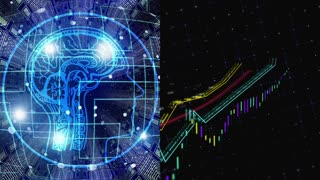 9:51
9:51
techgind
2 years agoInternet of Things(IOT) Explained!!
45 -
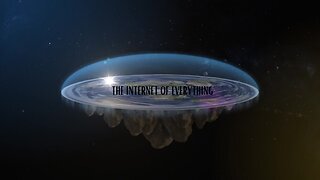 1:33
1:33
Sound Off
1 month agoThe Internet of EVERYTHING Explained: Is This a Good Thing? #smartgadgets #iot #ai
1632 -
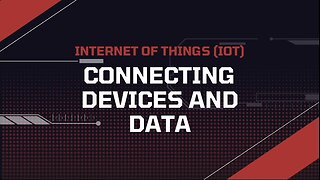 10:35
10:35
TechMaster
7 months agoInternet of Things (IoT): Connecting Devices and Data
49 -
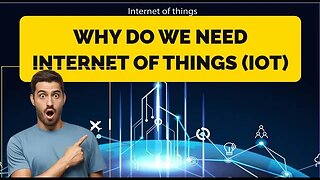 1:02
1:02
Electronics-ed
1 year agoWhy Do We Need IoT (Internet of Things)
13 -
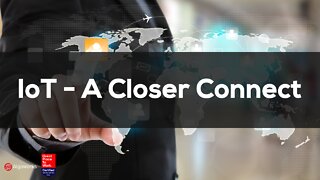 2:46
2:46
Algoworks Solutions Inc
2 years agoIoT - A Closer Connect | Internet of Things | IoT Future | AI | Machine Learning | Algoworks
79 -
 1:56
1:56
Exploring the future of technology
11 months agoExploring the Internet of Things: A Comprehensive Guide to IoT Technology
4 -
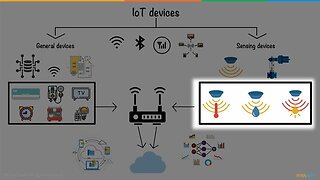 5:51
5:51
Free Your Mind Documentaries
7 months agoIoT | Internet of Things | What is IoT ? | How IoT Works? | IoT Explained in 6 Minutes
1.77K4 -
 4:27
4:27
World Science Festival Archive Channel
1 year agoThe Internet of Things
7 -
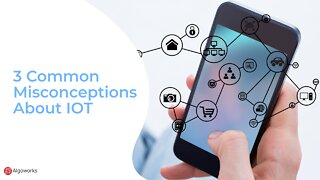 2:28
2:28
Algoworks Solutions Inc
2 years ago3 Common Misconceptions About IoT | Internet of Things | IoT Development Services | Algoworks
181 -
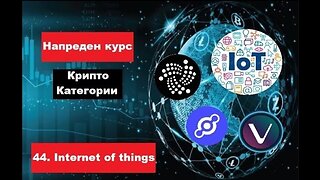 43:29
43:29
Почетнички курс за Техничка Анализа на пазари
7 months agoКрипто техничка анализа Напреден курс 44. Категории на крипто коини токени - Internet of things
27